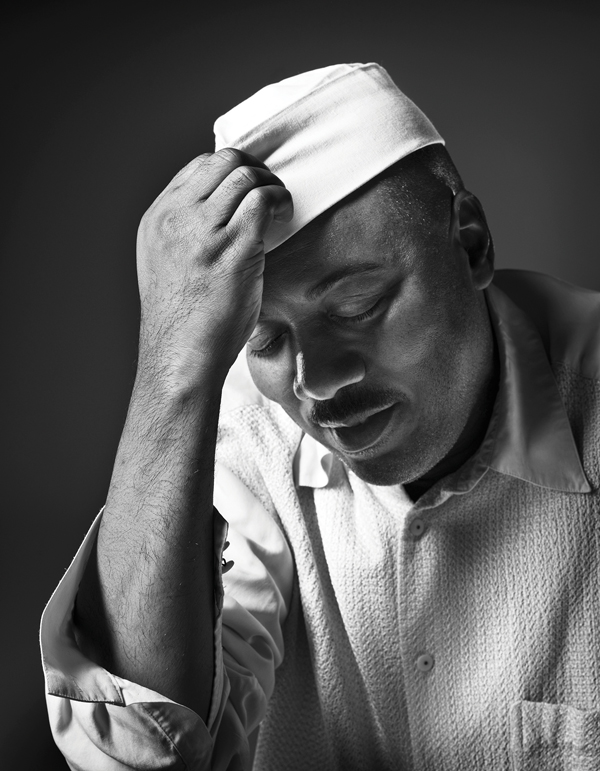
Photograph by RJ Muna
“When we see great works of art, we want to see transcendence,” says Georgia-born choreographer Alonzo King. With his internationally acclaimed San Francisco–based company, LINES Ballet, King has drawn inspiration from global cultural traditions, making classical ballet more pliant, expressive, and relevant worldwide. This month, for the first time in its 34-year history, LINES Ballet performs in Atlanta at the Ferst Center for the Arts. We recently spoke with King, known as one of the most uniquely beautiful voices in dance today:
What does it mean to be returning home?
It’s monumental. My family were pillars in the civil rights movement [King’s father, Slater King, was president of the Albany Movement, which worked to end segregation in Albany, Georgia] and the community that existed at that time . . . These were people who were willing to die for what they believed in. To be around that is inspiring.
Dance critic and historian Jennifer Homans wrote that your work is “redirecting ballet away from its centuries-old European orientation.” Do you agree?
I think that it’s returning ballet to its original symbols and meanings. When people see what we call ballet, which I prefer to call Western classical dance, they think, Oh, someone thought of a pirouette, and they made a pirouette. It’s nonsense. Everything that we talk about has already been invented. So what is a pirouette? It is a whirlpool. It is an eddy. It is the earth circling the sun.

Photograph by RJ Muna
You’re known for helping dancers develop as artists. Why is artistry key to your approach as a choreographer?
I’m not teaching people to get jobs, I’m teaching them to find themselves. The dancers that I work with are strong-willed individuals who have an idea about what they want to bring. What we are really training is the heart and the mind. The body has its place, but you can get tons of bodies to get up, down, get the leg up, turn, and jump.
As you mentioned, your family was prominent in the civil rights movement of the 1960s. What role does activism play in your work?
The natural state of the heart is to love. Art can remind you of that. We can fight, and we can scream, and that has its purpose. But nothing is more profound than truth and beauty. That’s the aim of the artist—to speak soul to soul. That alone is radical. I mean, who do you know who’s loving their enemy? It’s radical.
This article originally appeared in our January 2017 issue.














